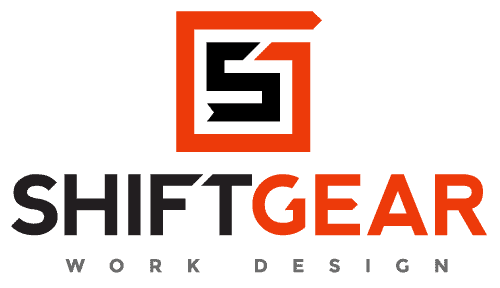A Tribute to Jay W. Forrester
Last week MIT Professor Jay W. Forrester passed away at the age of ninety-eight. Unless you are deeply steeped in MIT culture, you probably haven’t heard of him, but, unless you live entirely off the grid, I can promise you he had a profound impact on your life.
Jay was born on a cattle ranch in Nebraska and rode a horse to school, where both his parents were teachers. While he was in high school, he used parts from an old car to make a wind-driven generator and brought the first electricity to his parent’s home. He came to MIT in the early 1940s and began working in what was then known as the field of servo-mechanisms (later to be known as control systems). He developed a control mechanism for balancing radar systems at the top of ship masts that was used by the US Navy during World War II (Jay installed the first such system himself during a battle in the Pacific Ocean). Jay later led the project to install the Sage Air Missile Defense system and then led Project Whirlwind. During his time at Whirlwind, Jay invented coincident core, random access memory, the first large scale, cost effective memory system for digital computing. In the mid-1950s, feeling that the “…pioneering days of digital computer were over,” Jay moved from engineering to the newly founded Sloan School of Management.
At Sloan, Jay founded the field of System Dynamics. Building on Jay’s two previous areas, System Dynamic applies the idea of feedback and control (facilitated by simulation via digital computing) to understanding complex systems. Jay’s early work anticipated the development of supply chain management (including the famous “Beer Game”), urban renewal, complex systems, and our current environmental challenges. When I came to MIT in 1991, it was to study System Dynamics and I remember meeting Jay for the first time like it was yesterday. Even at age 75, he was an imposing figure. The email he would later send me congratulating me on receiving tenure remains one of my most treasured possessions.
It’s a Design Problem….
Dynamic Work Design bears Jay’s influence in several ways. First, like his contemporary W. Edwards Deming, Jay understood intuitively that a bad system would defeat a good person every time. In engineering, when a device fails regularly, you can’t blame it on the user. Samsung’s recent travails with its Galaxy phones aren’t caused by operator error, it’s a design problem. Building on his experience designing physical things, Jay carried that idea to organizations and social systems. As we say at ShiftGear, “it’s not a performance problem, it’s a design problem.”
When you do an investigation and root cause analysis, the goal is not to find the person at fault, the goal is to understand how the current design generates the problem of interest. Only when you are confident that the design is solid should you even think about “performance management,” or other euphemisms for finding the right person to blame. The noted safety psychologist James Reason has a version of this idea known as the Substitution Test: when something goes wrong, substitute another reasonable person for the people closest to the problem and ask yourself whether they would have made the same decisions? If the answer is yes, you have a design problem.
The Capability Trap
In my early work, I applied Jay’s perspective to the question of why organizations so often struggled to use the tools and processes that they all agreed they wanted to follow. Applying Jay’s perspective and tools led to development of the Capability Trap. The ideas behind the capability trap is simply that many of the investments necessary for the long-run health of an organization actually make things worse in the short run, creating a pattern of worse before better. Combining this idea with some basic psychology suggests that it is very easy for well intentioned managers to learn exactly the wrong lessons concerning what drives the performance of their organizations—they will tend to overinvest in those things that boost short run performance and underinvest in the capabilities needed for long-term success. Failed capital projects, weak R&D portfolios, and major industrial accidents are all rooted in this basic dynamic. Don’s and my first collaboration focused on applying this idea to understand Harley-Davidson’s struggle with new product development. I like to think that the capability trap is a classic Jay insight, showing how, despite our best intentions, the failure to understand the system can lead to results that nobody wants.
Pilot or Designer?
The capability trap is, hopefully, a powerful diagnostic framework, but diagnosis is only half the battle. It doesn't really tell how to solve the problem at hand. My interest in developing Dynamic Work Design grew out of a desire to have a better answer to the question that always comes up at the end of a capability trap sessions, “So what do I do about it?” Jay also recognized the need to address such challenges via design. In talks and speeches he often asked whether pilots or aircraft designers represented a better metaphor for being a leader. Most people, of course, gravitate towards the pilot. The pilot sits up front and plays a critical role in getting us to our destination safely, but none of this would be possible without the designer.
Jay thought of senior executives as the chief designers of their organizations, responsible for creating a structure, like a well-engineered airplane, that allowed normal people to generate great results. Take a look at your calendar and ask yourself how much time do you spend flying and how much time do you spend designing (or re-designing)? “Flying” is always urgent, but one good work design can eliminate the need for multiple executive interventions. Dynamic Work Design builds directly on Jay’s legacy and exists to help make your re-design efforts far more efficient and effective. He will be missed.
